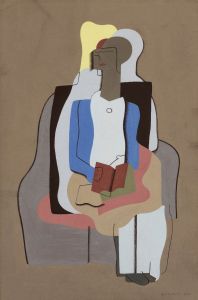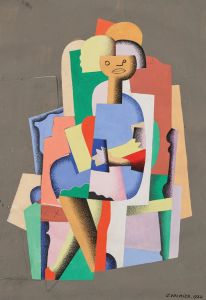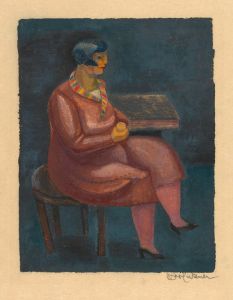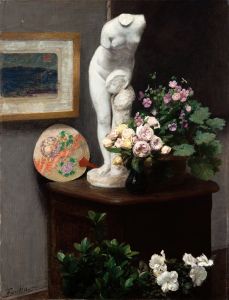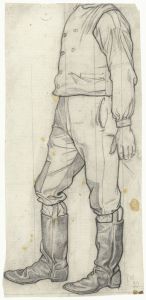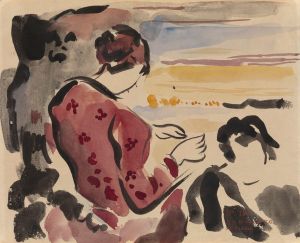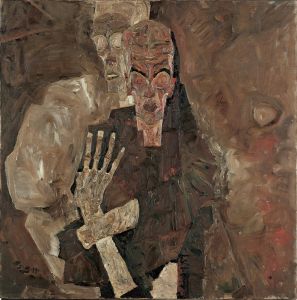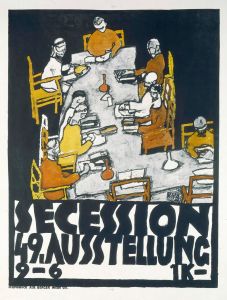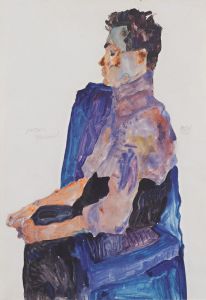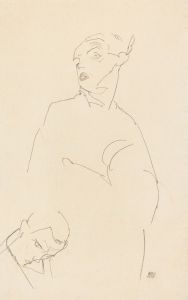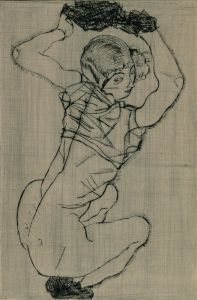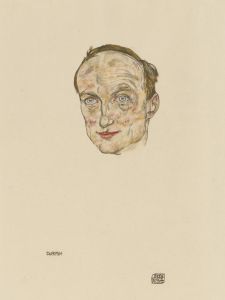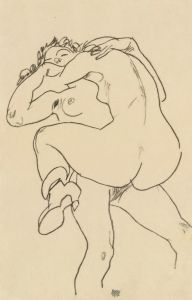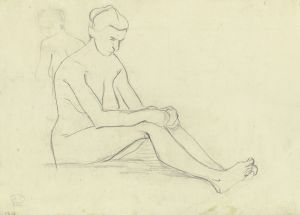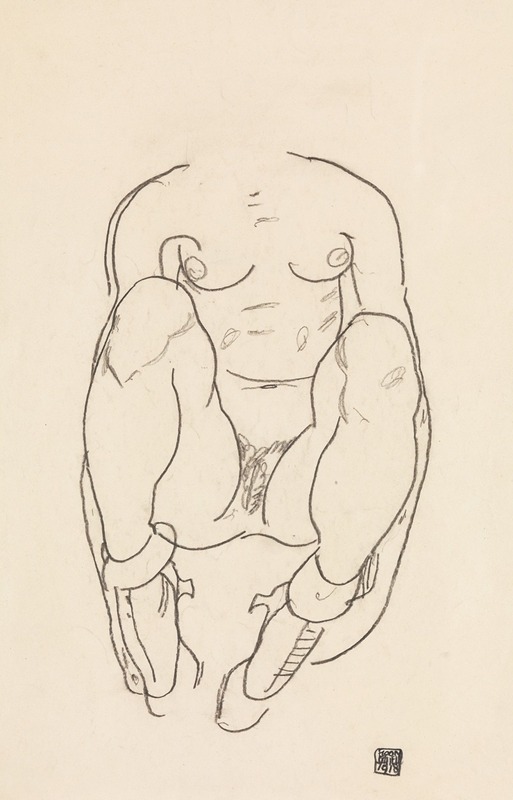
Torso of a Seated Woman with Boots
A hand-painted replica of Egon Schiele’s masterpiece Torso of a Seated Woman with Boots, meticulously crafted by professional artists to capture the true essence of the original. Each piece is created with museum-quality canvas and rare mineral pigments, carefully painted by experienced artists with delicate brushstrokes and rich, layered colors to perfectly recreate the texture of the original artwork. Unlike machine-printed reproductions, this hand-painted version brings the painting to life, infused with the artist’s emotions and skill in every stroke. Whether for personal collection or home decoration, it instantly elevates the artistic atmosphere of any space.
Egon Schiele, an Austrian painter known for his distinctive style and raw emotional intensity, created "Torso of a Seated Woman with Boots" in 1918. This artwork is a part of Schiele's extensive exploration of the human form, characterized by his expressive line work and often provocative subject matter. Schiele's work is frequently associated with the Expressionist movement, which sought to convey emotional experience rather than physical reality.
"Torso of a Seated Woman with Boots" exemplifies Schiele's focus on the human body, capturing a moment of introspection and vulnerability. The painting depicts a woman seated with her torso exposed, wearing only boots. Schiele's use of line is both delicate and assertive, outlining the contours of the woman's body with precision and sensitivity. The figure's pose and the artist's attention to detail highlight the tension between eroticism and introspection, a common theme in Schiele's work.
The painting reflects Schiele's interest in exploring themes of identity, sexuality, and the human psyche. His subjects often appear isolated, their expressions and postures suggesting a complex inner life. In "Torso of a Seated Woman with Boots," the woman's gaze is averted, adding a layer of mystery and introspection to the composition. This introspective quality is enhanced by Schiele's use of color and form, which draw the viewer's attention to the emotional depth of the subject.
Schiele's work was often controversial during his lifetime, as he frequently depicted nudes and explored themes of sexuality and existential angst. Despite facing criticism and even legal challenges for his provocative subject matter, Schiele remained committed to his artistic vision. His work is now celebrated for its boldness and emotional intensity, and he is regarded as one of the leading figures of Austrian Expressionism.
The year 1918, when "Torso of a Seated Woman with Boots" was created, was significant in Schiele's life. It marked the end of World War I and a period of personal and professional growth for the artist. Tragically, it was also the year of Schiele's untimely death at the age of 28, due to the Spanish flu pandemic. Despite his short life, Schiele left behind a substantial body of work that continues to influence artists and captivate audiences worldwide.
"Torso of a Seated Woman with Boots" is a testament to Schiele's ability to convey complex emotions through his art. The painting's focus on the human form, combined with its emotional depth, exemplifies Schiele's unique approach to portraiture and his contribution to the Expressionist movement. Today, Schiele's works are housed in major museums and collections around the world, where they continue to be studied and admired for their innovative style and profound emotional impact.





